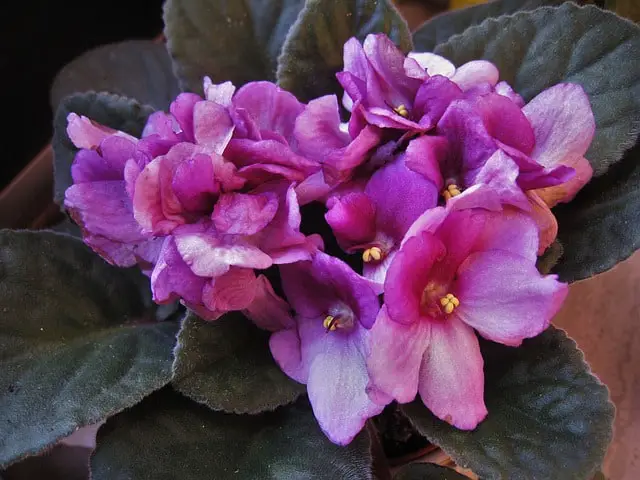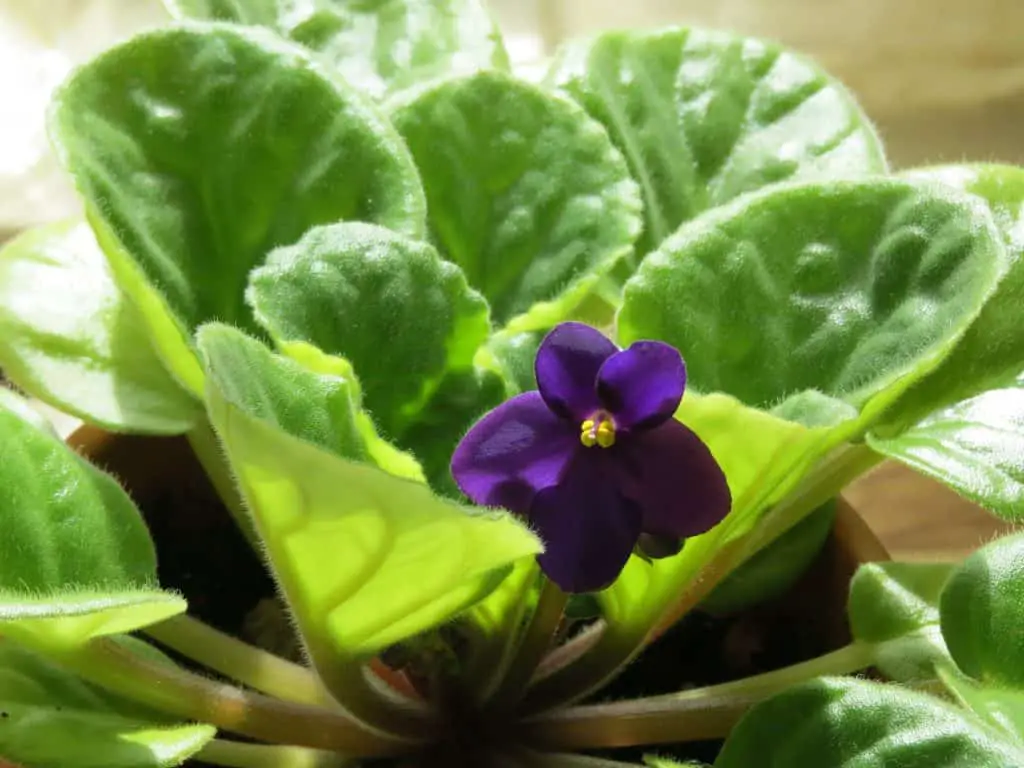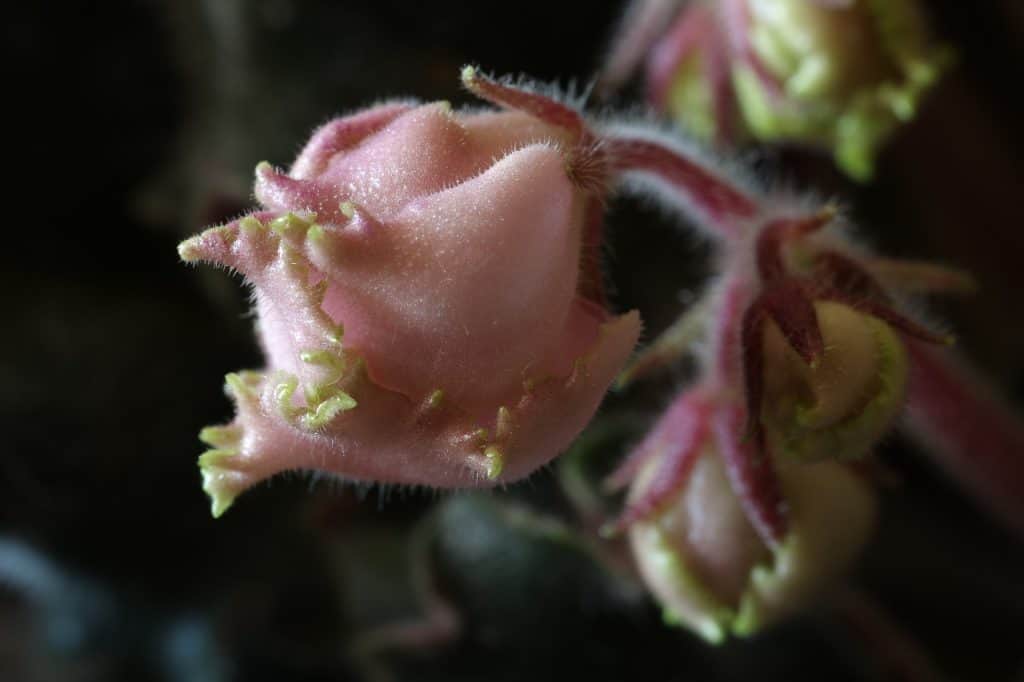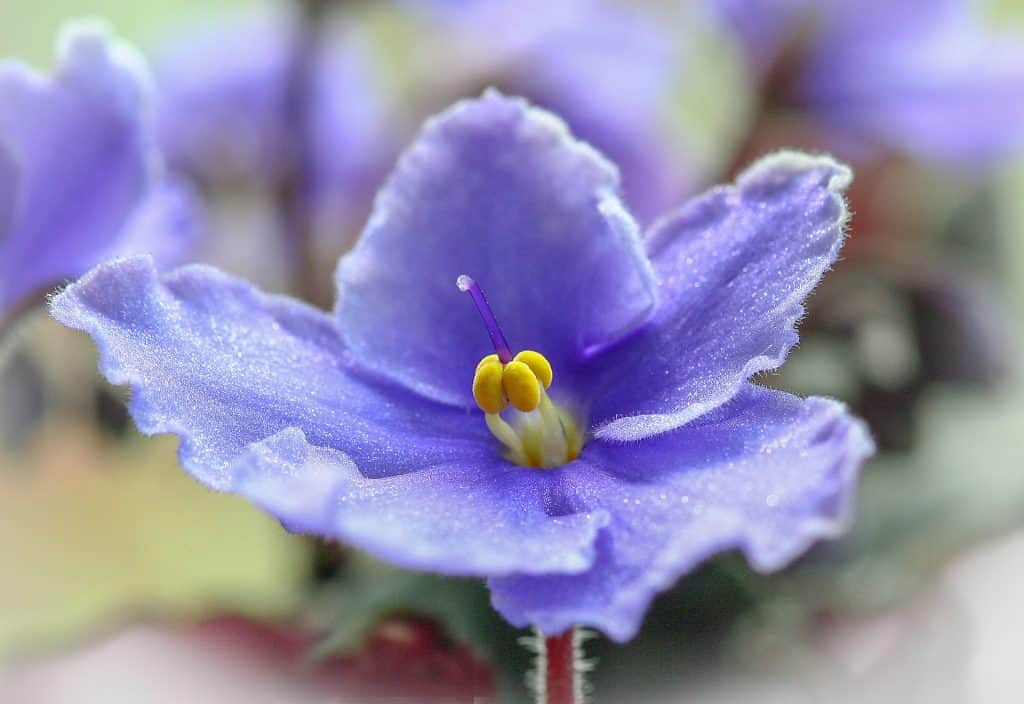
Tips on How to Care for African Violets
When Baron Walter von Saint came across a particular flowering plant in East Africa, he chose to name it Usambara Violet.
He took it to Germany in 1894, but little did he know that many people would eventually fall in love with the African Violet passionately.
However, some indoor gardeners are wary about growing this plant because its frilly and elegant nature requires special care.
The African Violet, otherwise known as Saintpaulia ionantha, does have some quirks. Learning about them and the right care can make growing the plant less intimidating.
Here is a guide on how to care for African Violets to produce a houseful of blooming flowers.
Related: Amaryllis Care | Spruce Up Your Garden With this Beauty
Light – Crucial When Learning How to Care for African Violets
The African Violet is a plant that flourishes very well indoors because of its low sunlight requirements.
Overall, these little plants are grown on windowsills. They do well in any window with exposure to excellent bright light. The key is that sunlight is indirect.
For a south-facing window, guard the violets against the hot sunlight in summer using sheer curtains or blinds. The plants do well in a south window during winter.
When it comes to the east- and west-facing windows, keep an eye out to ensure the violets do not become too warm. This can happen when the sun is shining in that region as the glass can amplify the heat of the sun.
North-facing windows provide adequate light to bloom African Violets most of the year. Always keep the plants near the window but out of direct sunlight for maximum exposure to the sun.
When putting on a table in the center of a room, the plant might appear beautiful, but it may not get enough sunlight to continue blooming.
Other than natural lighting, African Violets can also bloom under fluorescent light. If you don’t have access to bright window light, you can use fluorescent fixtures.
One of the best grow light systems is by Sunblaster which can be purchased on Amazon. They come in both bulbs to use with your own fixtures or in Strip Lights ranging in size from 12″ to 48″.
The optimum distance to maintain between the pot to the artificial light should be 8-12 inches.

Water
When most people ask about how to care for African Violets, they mostly want to know about the watering needs. These plants are very picky about water. Therefore you need to take additional care when watering them.
Generally, African Violets require just enough water to ensure the soil remains moist, but not soggy.
Excessive water can leave the plants susceptible to deadly pathogens. Too much water can also lead to denitrification, which is a condition that prevents plants from receiving the nitrogen they need.
Moreover, the water needs to be at room temperature. When it is too cold, it can chill the roots of the plant, causing the leaves to curl downwards.
In addition to that, if watering from the top can lead to leaf spotting. The spots represent a type of necrosis.
It is essential to note that whether the water is the right temperature or not, you should never get water on the leaves of the African Violet.
The only exception to this rule is when you spray misting for fast-feeding or raising the humidity around the plant.
Furthermore, you should avoid using soft water because it can alter the soil’s pH and electrical conductivity. When this happens, the plant will not be able to absorb water and nutrients properly.
You should also stay away from highly chlorinated water. Although some chlorine is essential for photosynthesis to happen, African Violets only need a minimal amount, i.e., 70 to 100 ppm. Too much chlorine can cause leaf burn and poor flowering.

Soil
Well-drained soil is crucial when giving African Violet care for it to thrive in any conditions.
You can make your potting soil mix by using three parts sphagnum peat moss, two parts vermiculite, and one part perlite. The mixture will retain the correct amount of moisture and provide the roots with the best water to air ratio.
Since peat moss has an acidic pH value, incorporating some lime to the planting medium before putting it in the pot helps to counteract the acidity.
Or instead of making your soil mixture, you can buy a special African Violet soil mix formula. Such mixtures have exact specifications for maximum plant growth.
An example is the Espoma AV4, Organic African Violet Potting Mix.
As you plant, fill the pot with the soil mixture and place the plant in the middle. Aligning its crown to the container’s top ridge will also be helpful.
Fertilizer
Similar to how there are special soil mixes, there are also specialty fertilizers for African Violets on the market.
You can find Schultz African Violet Plus Plant Food on Amazon.
The best fertilizer for African Violets is a water-soluble formula that contains equal portions of nitrogen, phosphorus, and potassium.
You should not use fertilizers that get their nitrogen from urea as these can cause root burns.

Monitor the Temperature
African violets thrive well under temperature ranges of 18ºC-24ºC.
It’s essential to keep the plants in a place where you can maintain that temperature.
Also, do not keep them close to drafts or other elements that may bring sudden fluctuations in temperature.
Anything under 10ºC is not suitable for violets, and they will almost certainly die.
Related: Best Perennials for Bees to Plant in Your Garden
Avoid Pests and Pathogens – Important Tip on How to Care for African Violets
In this guide on how to care for African Violets, it is also worth mentioning that these plants are also prone to attack. These plants can be attacked by pests and pathogens if they are not cared for properly.
Common pathogens that attack African Violets include Pythium fungi (it causes root and crown rot) and Botrytis cinerea fungus (it causes blight).
Cyclamen mites and mealybugs are the most common pests that destroy these plants.
The best defense against such pathogens and pests starts with proper plant care.
You should disinfect all the tools and containers that come into contact with the African Violet plant. You can do this by using a solution of 5-10% chlorine bleach.
Moreover, avoiding overwatering, ensuring the air circulates appropriately. This prevents extreme temperature changes and trimming decaying or dead plant material will help to avoid attack by pests and pathogens.
If you were not sure about how to care for African Violets, now you know. The above points should help you have a healthy-growing houseplant.
